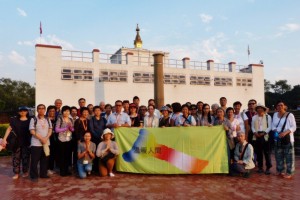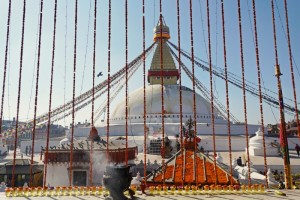Part 1 Pilgrimage from Varanasi to Kathmandu November 10 – 18
Day 4 November 13 Monday: Bodhgaya
We spent two days in Bodhgaya owing to its importance. In the morning, we crossed the Niranjana River to visit three places. First, we arrived at the Sujata Garh (House of Sujata). Sujata was the shepard girl who had offered Buddha rice, milk and sugar. This site was discovered in 1970s. 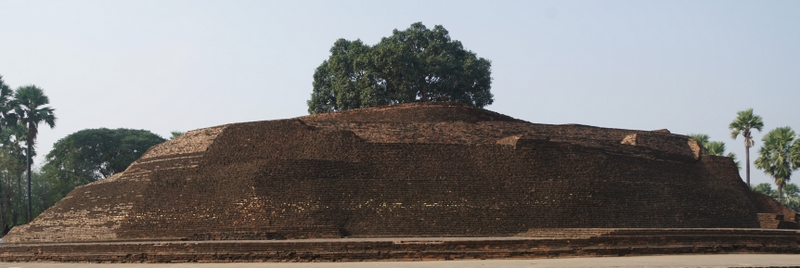 Next we walked through paddy fields to the spot Sujata offered the food to Buddha. I enjoyed the walk which gave me a chance to feel the life of the rural population. A few ladies were gathering cow dungs or making dung cakes (fuel in the rural areas) and some men were putting dried paddies in bundles. A man was working in the field. But many children were following us begging for money. We refused to give them money as it would turn them into beggars for the rest of their life.
Next we walked through paddy fields to the spot Sujata offered the food to Buddha. I enjoyed the walk which gave me a chance to feel the life of the rural population. A few ladies were gathering cow dungs or making dung cakes (fuel in the rural areas) and some men were putting dried paddies in bundles. A man was working in the field. But many children were following us begging for money. We refused to give them money as it would turn them into beggars for the rest of their life.
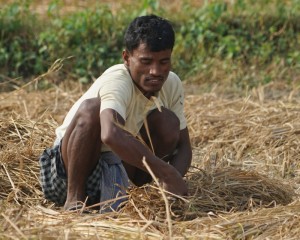 |
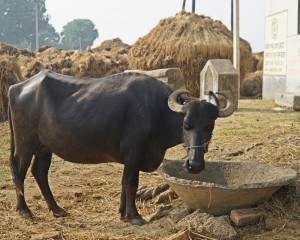 |
|
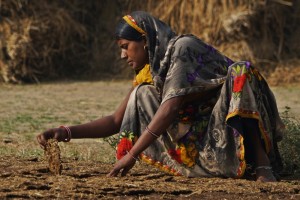 |
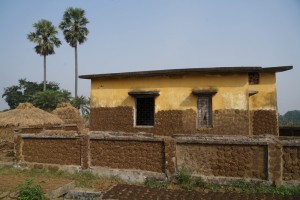 |
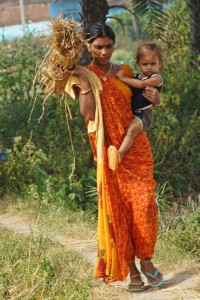 |
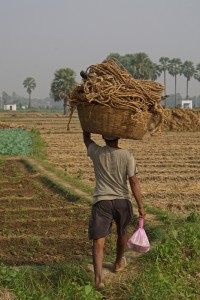 |
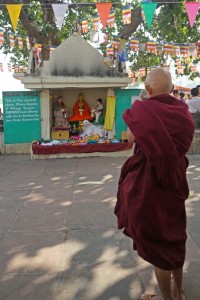 |
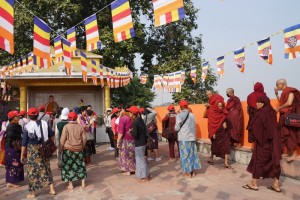 |
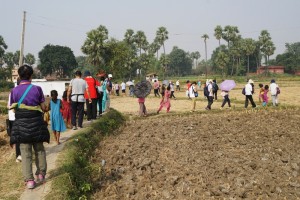 |
Close to the temple is a school with some 150 students supported by a Buddhist association. Many group members had brought stationary, sweet and biscuits for the children. Some members donated money to the school after the visit. I believe education is the way to help the poor and underprivileged to develop and break out of the poverty cycle.
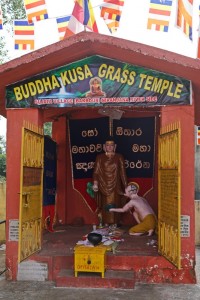 |
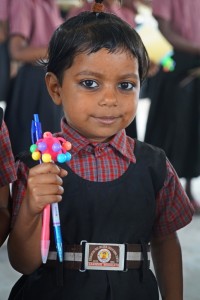 |
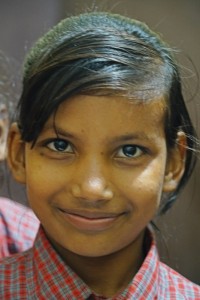 |
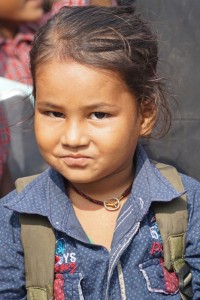 |
There are many temples in Bodhigaya. Before returning to the hotel for lunch, we visited a Chinese Temple, a Sikkim Temple and a large Buddha Statute donated by the Japanese in 1989.
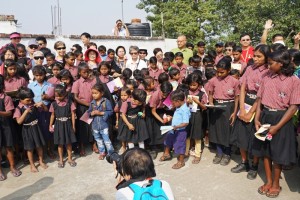 |
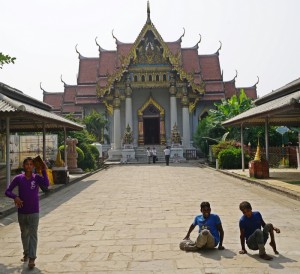 |
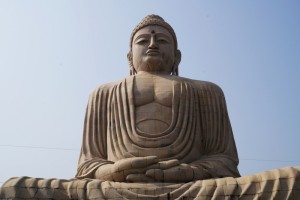 |
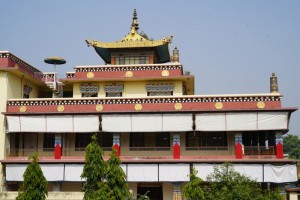 |
We had a free afternoon. Bing, Flora, Siu Mui and I visited the Archaeological Museum which exhibits the stone railings of Mahabodhi Temple and many Buddha statutes discovered in the area. There is few explanations in English. A man whom we thought to be a staff of the museum appeared when we were about to leave and took us back to see some exhibits including the railing and a black Buddha. To show our appreciation, we gave him 100 rupees. But he was not satisfied and demanded 200 rupees. I do not mind paying for a proper guide if he is a registered one. But if he is a staff and tries to be helpful, he should not have demanded 200 rupees from us. During this tour, we have been asked for money by security guards, cleaning staff etc whenever we go. This reflects badly on the country.
At 4pm, we returned to the Mahabodhi Temple Complex, which is a World Heritage Site, for the second time where we spent two hours. In the absence of shoddy crowd, serenity, tranquility, peace and a sense of timelessness returned. I watched pilgrims from several Buddhist countries file past the temple, stop at the seven sites and pray and was overwhelmed by the spiritual atmosphere.
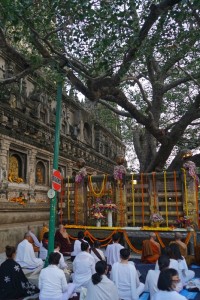 |
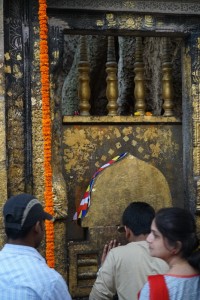 |
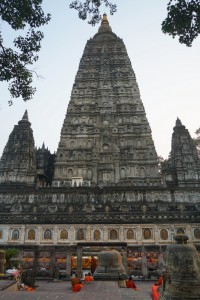 |
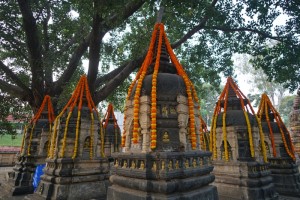 |
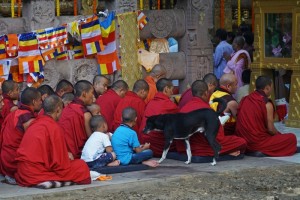 |
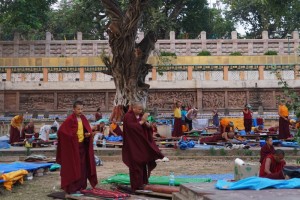 |
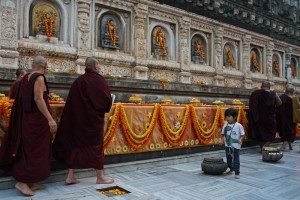 |
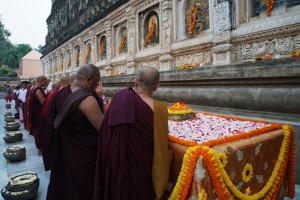 |
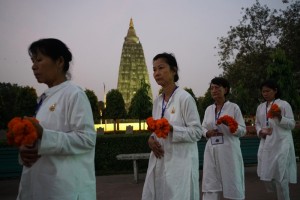 |
We returned to the hotel at 6pm. I was glad I had come to this holy place with a pilgrimage group.
Day 5 November 14 Tuesday: Bodhgaya – Rajgir 100km – Patna 95km 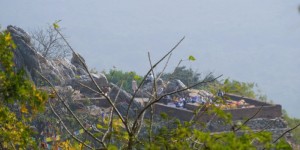
After a half-rest day in Bodhgaya, we had a long and busy day today. We had a wake-up call at 4:30am and departed for Rajgir at 6am. While most of the group members were sleeping, I had a window seat and spent most of the time looking at the road scene, the villages and the people. Today’s first stop was Rajgir, which was once the ancient capital of the powerful kingdom of Magadha. This area is located in the modern day Bihar Pradesh which is the poorest state in India. We arrived at a car park at the bottom of the Gridhakuta Hill shortly after 8am and spent some 20 minutes walking up to a hill top where the Buddha preached. I find this sacred site surrounded by mountains and veiled in morning mist, spiritual, inspiring and atmospheric. We cited the Heart Sutra three times. From here, I saw the Shanti Stupa (Peace Pagoda) built by the Buddha Sanga of Japan on the top of the opposite hill.
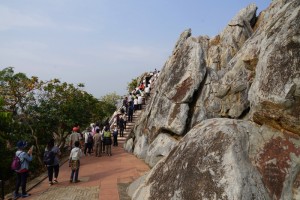 |
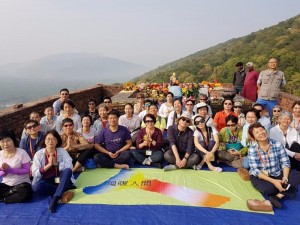 |
We had 45 minutes of free time. I decided to walk up to the Shanti Stupa. Bing and Flora joined me. It’s a longer and steeper hike than I had thought. I was rewarded by the splendid panoramic views over the hills of Rajgir. Anyway, I was back on the bus before 10am.
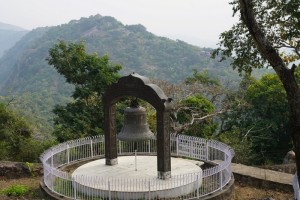 |
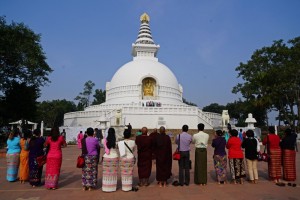 |
The second stop was the Bimbisara Jail, the site where King Bimbisara was imprisoned by son Ajatashatru. The king chose this spot as he could see the Buddha climbing up to his mountain retreat atop the Griddhakuta hill. The last stop before lunch was the Venu Vana (Bamboo Grove), the site of the monastery Venuvana built by King Bimbisara for the Buddha and his 500 followers to reside. The First Buddhist Council probably held shortly after the death of Buddha around 400 BCE took place in the area under the patronage of King Ajatashatru. Today, a garden with a pond and a Thai temple has been built on the site. I watched a group of Thai pilgrims performing some rituals in front of this temple.
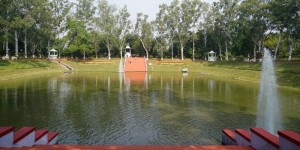 |
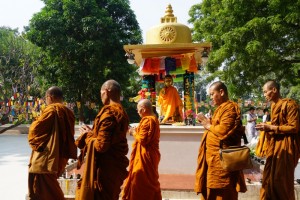 |
We had lunch at 11am in a hotel nearby. By noon, we were back on the coach heading to the ruins of Nalanda, a World Heritage Site. Nalanda and Vikramashila are often described as India’s early universities. Nalanda, an acclaimed Mahaviharaand a centre of learning from the fifth to 12th centuries, flourished under the patronage of the Gupta Empire but gradually declined around the tenth centuries. At its peak, it attracted scholars and students from China, Korea and Central Asia. Much of our knowledge of Nalanda comes from the writings of pilgrim monks such as a Chinese monk Xuanzang who travelled and studied here in the seventh century. It was said to cover an area of 15 km² and had over 10,000 students and 2,000 teachers. Nalanda was likely ransacked and destroyed by the army of the Mamluk dynasty around 1200. The site was discovered in the 19th century. Excavations commenced in 1815 have so far unearthed 11 monasteries and six brick temples in an area of 12 hectares. One of his two chief disciples, Shariputra, was born in the area and attained nirvana there. Nalanda is now a popular tourist attraction. We saw many student groups here. Our guide gave a brief explanation on the layout plan before taking us to see Monastery 6 where students studied and lived in the dormitories. Other monasteries had a similar layout. We had some 40 minutes of free time. I roamed on my own to see Temple 12 and 13 on the other side of the central alley which separated the monasteries from the temples.
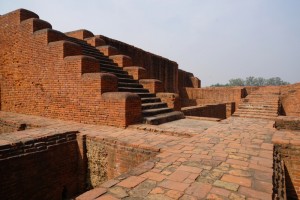 |
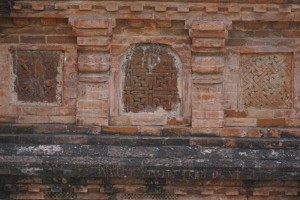 |
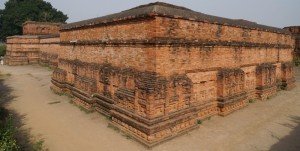 |
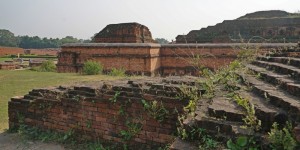 |
 The icon of Nalanda is the imposing remains of Temple no 3 (also named Sariputta Stupa) with multiple flights of stairs that lead all the way to the top. Visitors can only view the ruins from a distance. As the ruins were in shadow, I could only see panels with stucco figures and statutes.
The icon of Nalanda is the imposing remains of Temple no 3 (also named Sariputta Stupa) with multiple flights of stairs that lead all the way to the top. Visitors can only view the ruins from a distance. As the ruins were in shadow, I could only see panels with stucco figures and statutes.
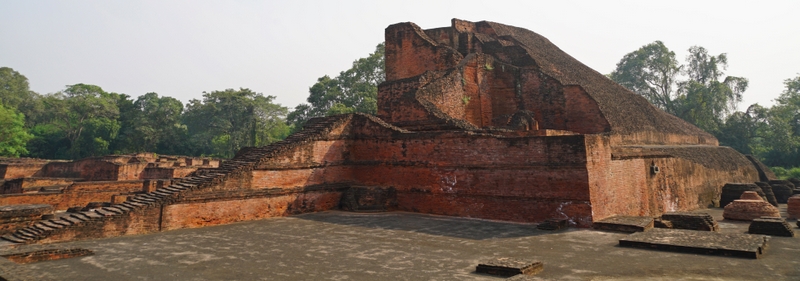 |
Before leaving, I went to Monastery 1 which is larger with a slightly different layout. I was glad I had not missed the oldest and the most important of the monastery group.
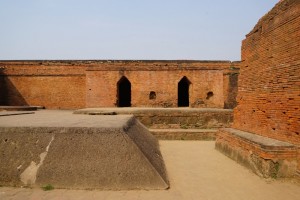 |
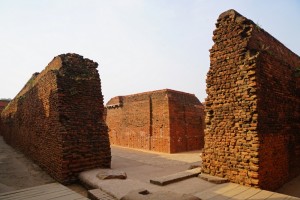 |
I wish I had more time to explore this impressive ruin. Anyway, we were on the road again at 2:15pm. The highway is good and we only took two hours to reach Patna. Hotel Chanakya though probably one of the best in the city is old and not clean. We had an early dinner at 6:30pm. Though I was tired, I had a sleepless night owing to the traffic noises from the street.
Day 6 November 15 Wednesday: Patna – Vaishali – Kushinagar (Approx. 350 km)
MY had told me the night before that my suitcase would arrive in Patna that evening. I had been relaxed about the loss and inconvenience caused: that’s life and anything can happen. I had brought a few things and had no problem. I told MY that as long as Jet Airways had found it and kept it safe for me, I could wait till I was back in Delhi. Anyway, my “Pacsafe’ suitcase arrived just in time before the group left the hotel. Happy ending!
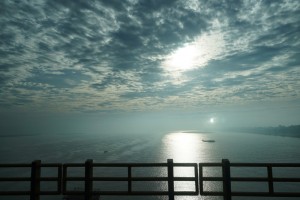 |
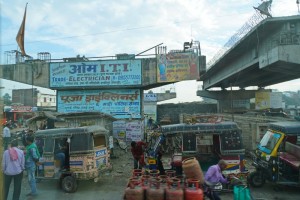 |
We set off at 7 am and had a long way to go. But as the road conditions are not bad, it did not take too long to cover 350 km. We had a brief stop at Vaishali which holds special significance for Buddhist devotees: the Buddha delivered his last sermon here and announced his impending ‘nirvana’. The site which has an Asoka Pillar with a lion sitting on the top and a large lotus pond, was almost empty. After citing the Heart Sutra and walking around the brown brick mound, I was able to walk around the pond in silence for ten minutes.
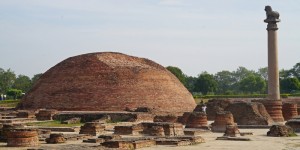 |
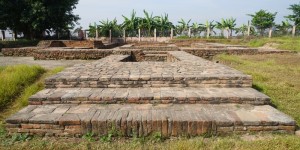 |
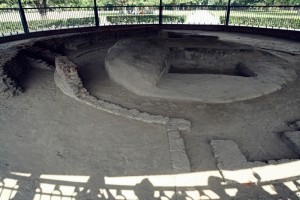 We stopped at the Buddha’s ashes stupa built by the Licchavis, people of Vaishali who were the most famous clan amongst the ruling confederate clans of the Vajii mahajanapada of ancient India. Relics of Buddha were divided into eight and a part was taken by the Licchavis. We chanted the Heart Sutra three times.
We stopped at the Buddha’s ashes stupa built by the Licchavis, people of Vaishali who were the most famous clan amongst the ruling confederate clans of the Vajii mahajanapada of ancient India. Relics of Buddha were divided into eight and a part was taken by the Licchavis. We chanted the Heart Sutra three times.
After an hour’s drive, we arrived at Kesariya Stupa located about 110km from Patna. The impressive stupa dating between 200 AD and 750 AD and measuring 430 metre in circumference and 32 metre high, was believed to have been built to honour the place where Buddha had spent the last days of his journey before attaining Nirvana and handed over his begging bowl to the following Lichhivis, and requesting them to go back to Vaishali. 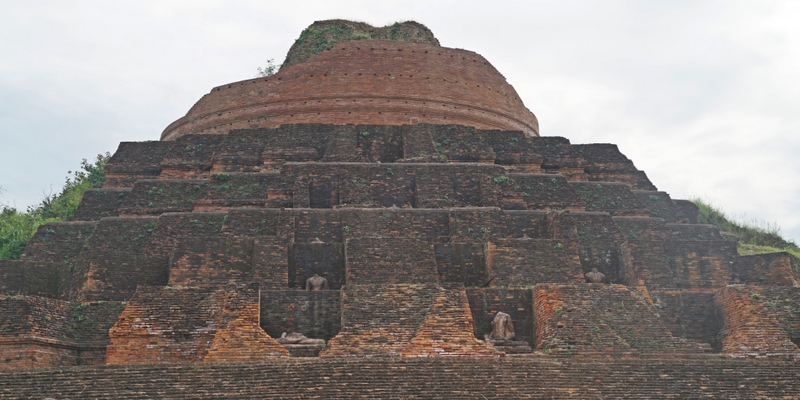 The original stupa built by the Licchivis was a mud stupa which was expanded in the Maurya, Sunga and Kushana period. With the decline of Buddhism in the region, the stupa was deserted and covered in vegetation until the excavation in 1958 by the Archaeological Survey of India. But a large part of the stupa remains under vegetation.
The original stupa built by the Licchivis was a mud stupa which was expanded in the Maurya, Sunga and Kushana period. With the decline of Buddhism in the region, the stupa was deserted and covered in vegetation until the excavation in 1958 by the Archaeological Survey of India. But a large part of the stupa remains under vegetation. 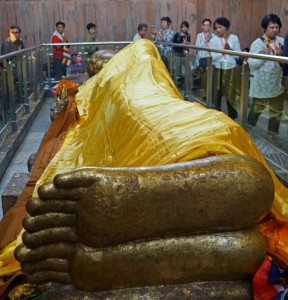
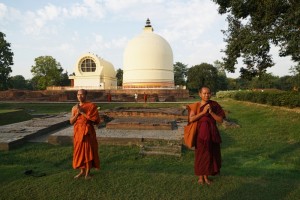
We had an early lunch in a nearby hotel before continuing our journey to Kushinagar, the place where the Buddha passed into Mahaparinirvana. Asoka first built a stupa here which was greatly enlarged during the Gupta dynasty (4th to 7th centuries AD). Archaeological evidence from the 3rd century BCE suggests that this site was an ancient pilgrimage site. Abandoned around 1200, the site was rediscovered by British archaeologist Alexander Cunnimgham in the late 19th century and an 1500-year-old Buddha image and many Buddhist materials were subsequently unearthed. Chandra Swami, a Burmese monk, came to India in 1903 and made “ Mahaparinirvana Temple” into a living shrine.
It was about 5pm when we entered the Mahaparinirvana Temple. After citing the Heart Sutra, we walked solemnly three times around the 6.1m-long Reclining Buddha statute made of a monolith red-sand stone. Behind the temple is the Nirvana Chaitya (Main Stupa) excavated in 1876. The sun was setting. Many groups of pilgrims were sitting on the lawn praying or meditating. I watched a procession of pilgrims each holding a lotus flower-lamp to the temple (They had come from a number of Buddhist countries to participate in a chanting festival). The procession at sunset was solemn and dignified.
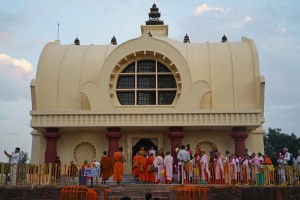 |
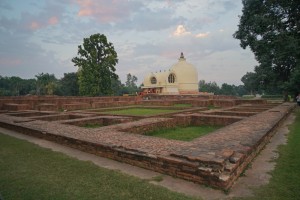 |
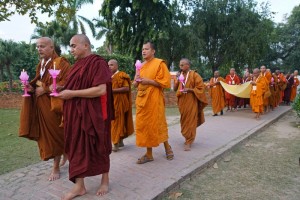 |
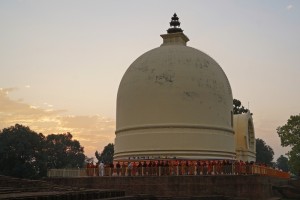 |
Our hotel Royal Residency was close to the temple and we had an early dinner. Tonight, I slept as soon as my head hit the pillow as I was dead tired after a sleepless night.
Day 7 November 16 Thursday: Kushinagar, India – Lumbini. Nepal (GMT+5:45) (170km)
We got up early and went to the Ramabhar Stupa (also called Mukutbandhan-Chaitya) close to the hotel. It marks the place of cremation. The stupa glowed in morning rays. The place was quiet and peaceful without only two groups of pilgrims (one of the group in the photo below). We cited the Heart Sutra and walked around the stupa three times. 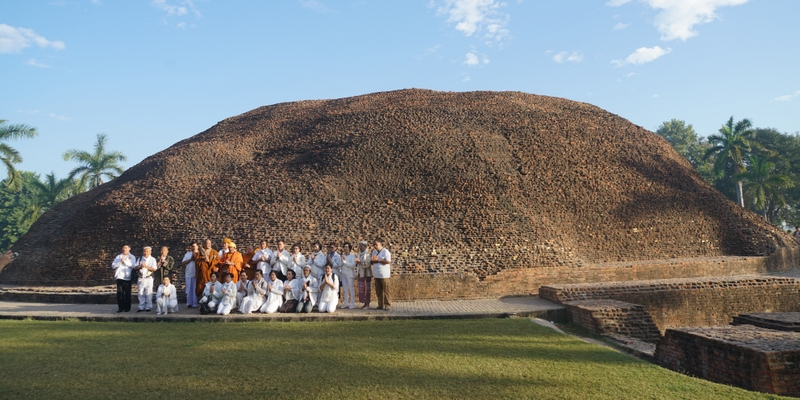

At 8am, we were back on the coach heading to the Indo-Nepalese border which is only marked by a gateway. Our guide Kunga took our passports to a building to get a departure stamp on our passport. As usual, things took less time if the immigration staff were tipped! By noon we were in Nepal. Unfortunately we got stuck in traffic when the two-lane bridge was reduced to one lane. We did not arrive at Lumbini Garden Hotel till 2pm. Our Indian driver and his assistant left us and returned to Varanasi after lunch. We gave them tips to show our appreciation for the long drive on poor road conditions.
According to Buddhist tradition, Queen Mayadevi gave birth to Siddhartha Gautama in Lumbini 563 BCE. In 2011, I visited the holy site and a number of monasteries built in the monastic zone (the Theravadin monasteries are built in the eastern side and the Mahayana and Vajrayana monasteries in the western side). We went to Lumbini (measuring 4.8km in length and 1.6km in width), a World Heritage Site, on foot as our hotel is close to one of the main gates. We went straight to the Mayadevi Temple with a marker stone. Next to the temple is the Ashoka Pillar one of the 19 pillars erected by the Emperor with inscriptions. This is the oldest inscription found in Nepal and is of particular note as it commemorates the Emperor’s first visit to the Buddha’s birth place after his conversion to Buddhism.
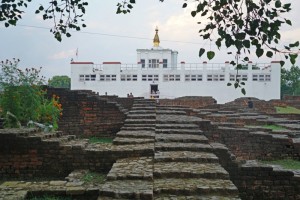 |
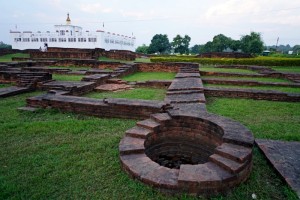 |
Nearby is the Holy Pond (the Pusharini) where Queen Mayadevi took the ritual dip prior of his birth and where he had his first bath. 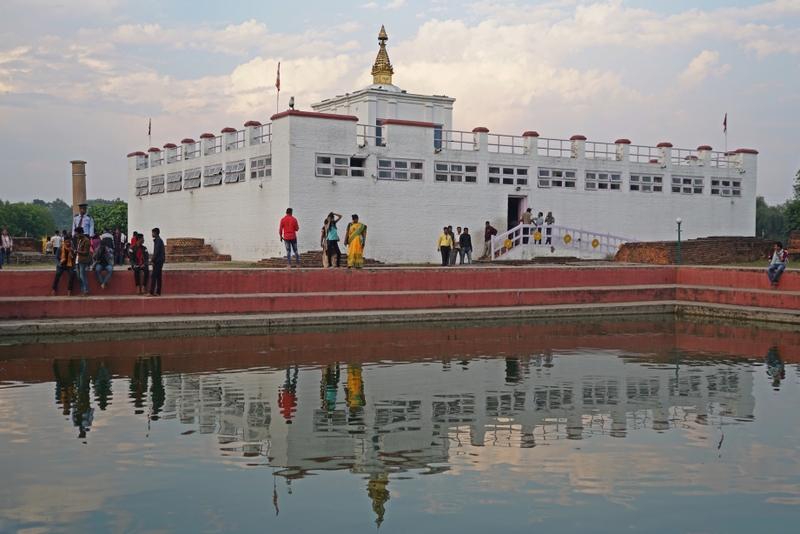
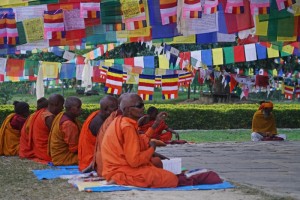 |
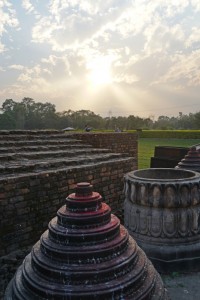 |
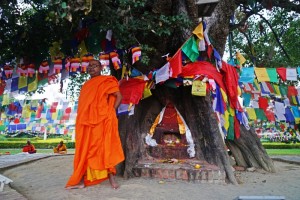 |
I was glad to find the holy site peaceful and tranquil. Some monks and pilgrims sat under the sacred bodhi tree praying and meditating. Others sat by the Holy Pond. I strolled around the ruins of ancient monasteries close to the temple. We did not leave till 5:30pm. Tonight our chef and his assistant left after serving the dinner. It’s a luxury to have our own cook during the trip: he had prepared vegetarian dishes with little oil and salt. We gave him good tips as he had looked after us well!
Day 8 November 17 Friday: Lumbini – Kathmandu (300 km)
The distance to Kathmandu is around 300k. Owing to the bad road condition is some sections, we had to set off at 6am. We had a scenic ride: as the sky was clear after rain the night before, we had a nice sunrise and great views of the snow-clad Himalaya mountain range from time to time. We had a nice lunch in a hotel after 2pm followed by a tea break around 3:30pm. We made good progress and hoped to beat traffic jam to arrive in Kathmandu by 5:30pm.
Unfortunately,our dream was shuttered when our coach began entering the capital and was about seven kilometres from Radisson Hotel. It’s getting dark and we did not know what was happening. We guessed an accident somewhere had brought the traffic to a halt. The police seemed totally ineffective in directing the traffic. The situation was made worse as a flyover was under construction at a major junction. Based on what little I have seen when driving through the city, I can say the capital looks worse today: the horrific damage done by the catastrophic earthquake in Nepal on April 25, 2015 is still visible. We did not arrive at the hotel till 8pm i.e. 14 hours on the road!
Day 9 November 18 Saturday: Kathmandu, Nepal (GMT+5.45) – Delhi, India (GMT+5.5)
The group would depart for Delhi before 4pm and take a connecting flight to Hong Kong after 2am. Before leaving for the airport, we went to see the iconic Boudhanath, a World Heritage Site. The stupa, one of the world’s largest stupas, is said to entomb the remains of Kassapa Buddha迦葉who lived 2500 year before the Buddha.  I have visited this World Heritage Site several times. Anyway, it is always a blessing to be able to visit a sacred site. The place has changed since my first visit in 1978. It is crowded as over 50 gompas (Tibetan convent) have been built around the stupa and droves of tourists come. The place is now full of shops. The spiritual and religious atmosphere I found on my first visit has gone forever.
I have visited this World Heritage Site several times. Anyway, it is always a blessing to be able to visit a sacred site. The place has changed since my first visit in 1978. It is crowded as over 50 gompas (Tibetan convent) have been built around the stupa and droves of tourists come. The place is now full of shops. The spiritual and religious atmosphere I found on my first visit has gone forever.
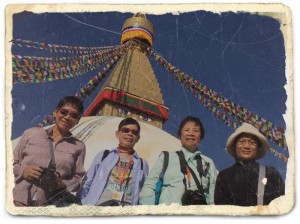 |
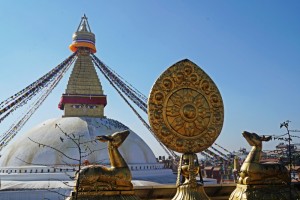 |
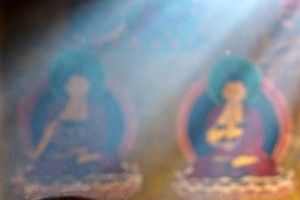 |
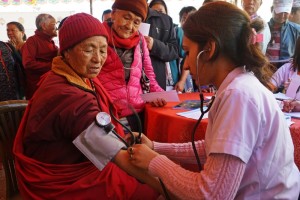 |
The pilgrimage tour came to an hour. We had an early lunch and spent a couple of hours at the Kathmandu airport. It was hot and congested. Luckily the flight departed on time. Bing, Flora and I said farewell to our friends once we landed at the Delhi airport. They would spend the next eight hours at the airport while we would begin another 15-day tour from Delhi to Mumbai.
Remarks (to add)


